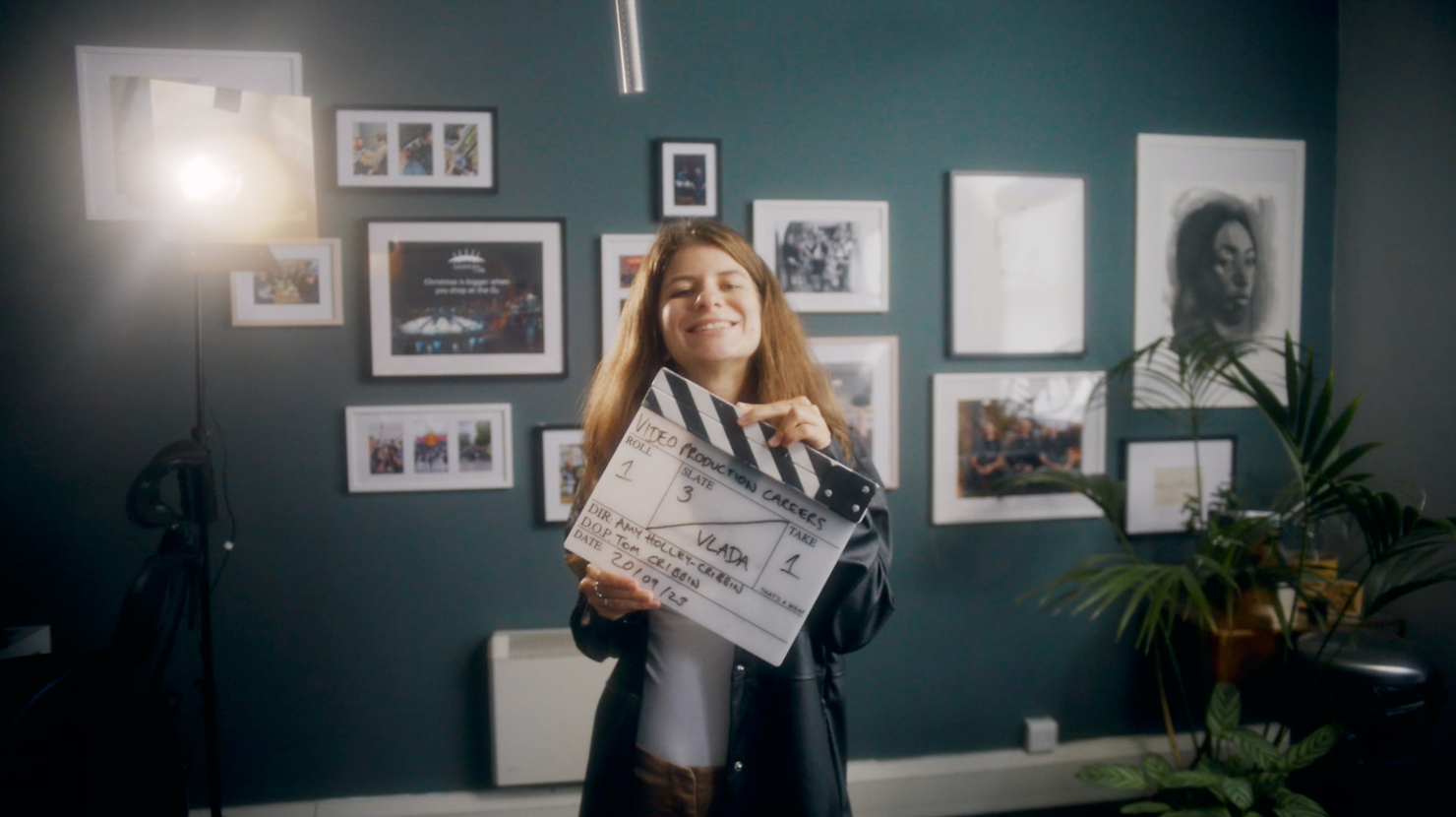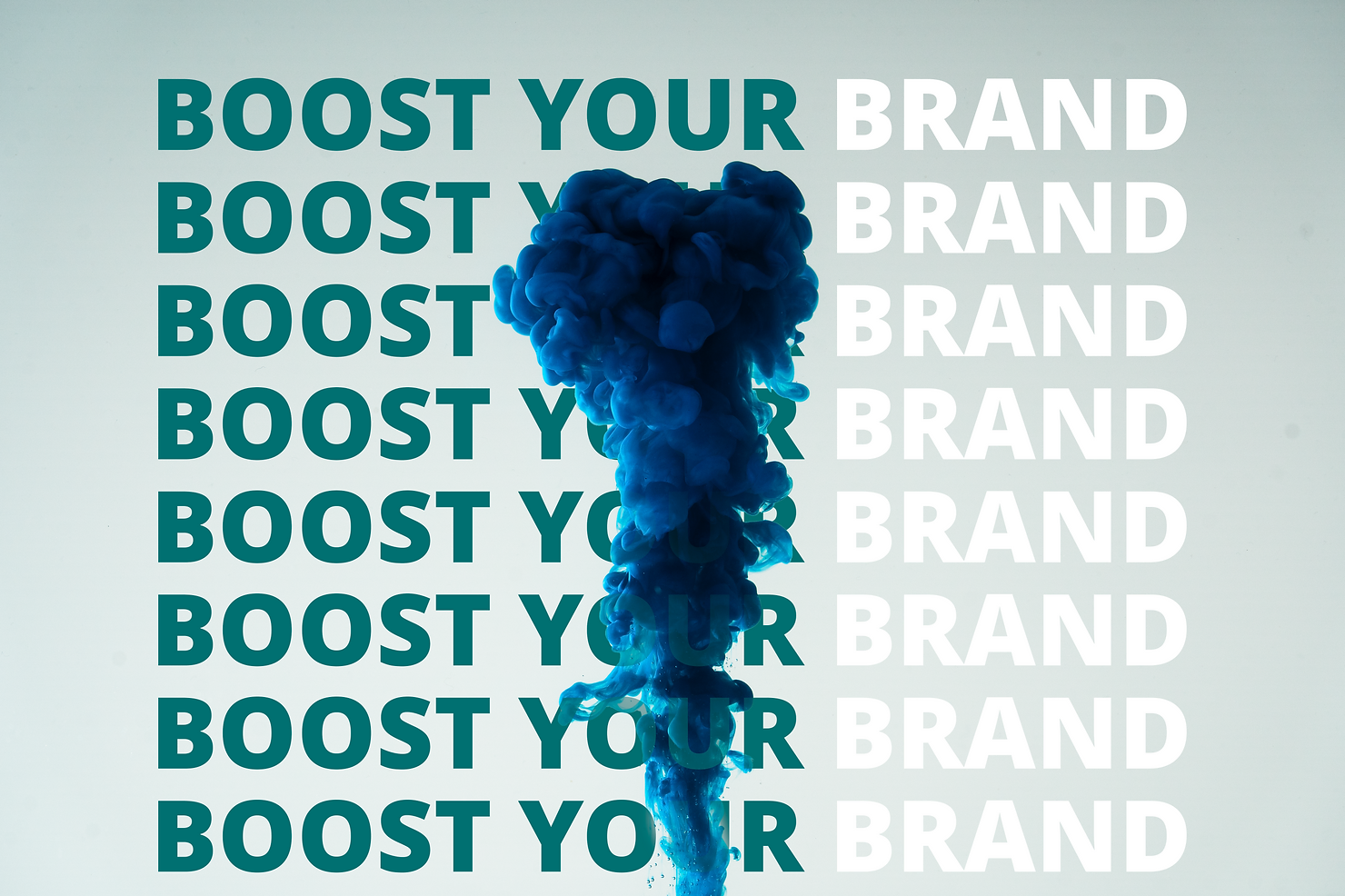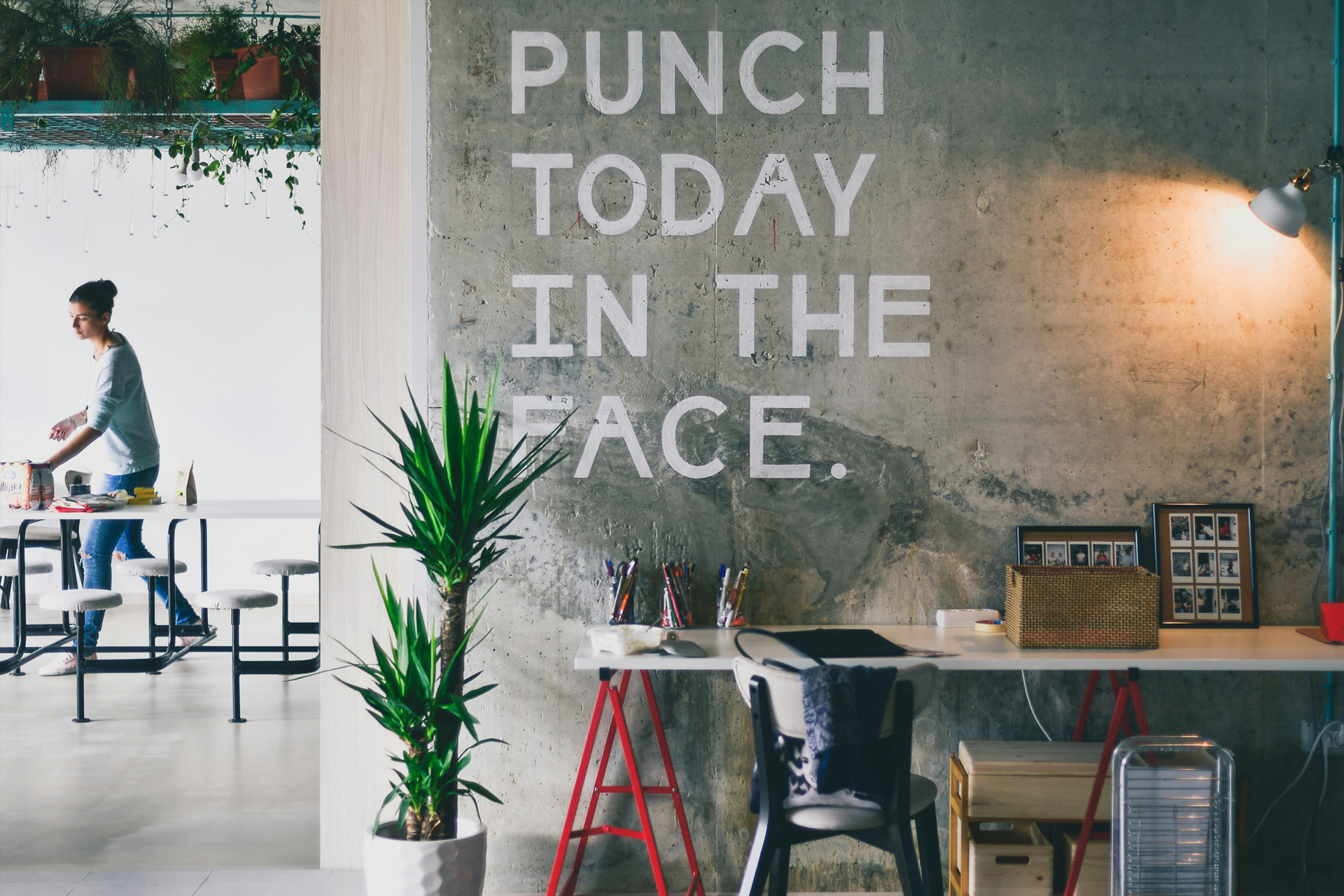This time we’re diving deep into the world of production jargon to decode mysterious terms that can often leave people scratching their heads. So sit back, and let’s get unravelling those complex words together!

1. Storyboard
Ever heard someone mention a storyboard and wondered what on earth they were talking about? Fear not! A storyboard is basically a comic book version of your video, with each panel representing a different shot or scene. It’s like a visual roadmap that helps us plan out the entire production before we even pick up a camera.
Below is a storyboard we made for a shoot we had with Derwent back in 2022 creating video and photographic content of their XL Blocks range of products. It gives the videographer an idea of the shots we’re aiming to capture on the day plus how the final video should look once we’re in the editing stage. What’s more, it also covers music choices, sound effects and even says what the captions to support the images on screen need to be. There’s an amendments process after this initial edit, so changes may be made to this later on but using the storyboard on the filming day and in the very first edit helps to ensure that the video looks the way that the client had originally hoped and makes sure that all the brand messages are coming out.

And here’s the final video for you to see how it looks compared to the original idea that was storyboarded and signed off with our client:
2. B-roll
No, it’s not a secret agent, or a mysterious code name or even a Bacon-roll. B-roll is simply the extra footage we shoot to complement the main footage (A-roll), like those beautiful scenic shots or close-ups of important details. It adds depth and variety to your video and keeps things interesting for your viewers.
3. Gaffer
A gaffer is actually the chief lighting technician on set, responsible for creating the perfect lighting setup to make you look like a superstar on camera, like Crispin here:
4. Boom Mic
Ever seen those long poles with a fuzzy microphone on the end hovering over actors’ heads? That’s a boom mic! It’s used to capture crystal-clear audio while staying out of the shot, ensuring that every word you say is heard loud and clear. Here’s one of our Boom mics on a shoot without the fluffy cover on it, that’s called a Dead Cat. They are used for capturing audio outside as they create a layer of protection from wind noise and plosive sounds whilst minimally stifling the mic’s ability to capture sound.

5. Cutaway
A cutaway is simply a shot that’s used to break up the main action, like showing the audience a reaction shot or a close-up of an important prop. It helps keep the pacing of your video smooth and engaging.
6. Aspect Ratio
Ever wondered why some videos look wider or taller than others? That’s because of the aspect ratio, which refers to the width and height of the video frame. It’s like the shape of your video, and different aspect ratios are used for different purposes, like widescreen movies or square or vertical social media videos, like we make for TikTok and Instagram reels. And in case you were wondering what the Top 5 Brand BOOSTING Video Trends of 2024, you might like to know that making short videos for TikTok is one of them!
7. Dolly Shot
No, it’s not a ride at an amusement park. A dolly shot is when the camera moves smoothly along a track to capture dynamic movement within a scene. It adds a cinematic touch to your video and makes everything look super professional. We use sliders on our shoot as they are a bit more compact and more cost-friendly but still produce the same horizontal camera movement, just on a smaller scale. It looks like this when it’s set up:

8. Frame Rate
Ever noticed how some videos look smoother than others? That’s because of the frame rate, which refers to the number of frames or images displayed per second. Higher frame rates result in smoother motion, while lower frame rates can give your video a more cinematic feel.
9. Green Screen
A green screen is a large green backdrop that allows us to replace the background with anything we want during the editing process. It’s like magic!
10. Rough Cut ✂️
A rough cut is the first draft of your video, where all the footage is assembled in chronological order without any fancy editing or effects. This first version/edit of the video looks the closest to the storyboarded concept. After that we enter the refining phase of the post-production stage where the video is polished to perfection.
11. Key Grip
The key grip is actually the head honcho of the grip department, responsible for rigging and moving all the equipment on set to ensure everything stays in place and looks just right.
12. Lav (Lavalier) Mic
Ever seen those tiny microphones clipped to someone’s collar or hidden in their clothing? Hopefully you don’t spot them too often as that’s the point of them. They are lavalier mics! And they’re a discrete way to capture clear and crisp audio, even when the speaker is on the move, making it perfect for interviews and presentations. Nomadic UK doesn’t just handle the old point, shoot and edit side of things, we also rent out kit, so contact us if you need to rent any film, lighting or audio kit, short or long-term.
13. Depth of Field
Depth of field refers to the range of distance in a shot that appears acceptably sharp. It’s what gives your video that beautiful blurry background effect while keeping your subject in focus.
14. Cinematography
Ever wondered why some movies look like works of art? That’s thanks to cinematography, the art and technique of capturing moving images on film or digital media. It’s like painting with light and motion to create breathtaking visuals that tell a story. We’ve covered the difference between video production vs. videography in a separate blog already, so if you want to find out more about cinematography vs videography then check this out https://www.bbcmaestro.com/blog/cinematography-vs-videography
15. Tracking Shot
No, it’s not a detective following a suspect. A tracking shot is when the camera moves smoothly alongside the action, keeping pace with the subject as they move through the scene. It adds a sense of momentum and immersion to your video, like you’re right there in the action.
16. Foley Artist
A foley artist is a sound effects expert who creates and records everyday sounds to add realism and depth to your video. From footsteps, hooves cantering to door creaks, they’ve got you covered. Get those coconut shells ready!
17. Color Grading
Ever wonder why some videos look so vibrant and cinematic? That’s because of color grading, the process of enhancing and stylizing the colors in your video during post-production. It’s like giving your video a makeover, transforming it from ordinary to extraordinary, look at the difference here to this content we captured on our shoot with Cove Communities. On the left is exactly how the content comes out of the camera, flat and colourless versus after colour grading when the image has been brought to life.

Here’s the final cinematic TV advert that we made for Cove Communities’ Seal Bay resort:
18. Aspect Ratio
Wait, didn’t we already cover this? Well, yes and no. Aspect ratio refers to the width and height of the video frame, but there are different aspect ratios used for different purposes. It’s like choosing the perfect frame for your masterpiece to make it shine.
19. Blocking
Blocking is the process of planning and choreographing the movement and positioning of actors and cameras within a scene. It’s like creating a dance routine for your video, ensuring that every movement flows seamlessly.
20. Master Shot
Ever heard someone mention a master shot and wondered what it was? It’s simply a wide-angle shot that captures the entire scene from start to finish. It’s like the blueprint for your video, providing a foundation upon which all the other shots are built.
And there you have it, folks – 20 common production terms, debunked! We hope this little crash course has helped demystify the world of video production and made you feel like a bonafide industry insider. Stay tuned for more tips, tricks, and behind-the-scenes insights from the creative team here at Nomadic UK.
Ready to harness the power of video marketing? Contact Nomadic UK today, to embark on a journey of success together. Whether you’re in Cheltenham, Gloucestershire, or beyond, we help you create video content that delivers, boosting your brand, enlarging your audience and driving traffic 🚗 🚗 🚗 🚗
Let’s create something extraordinary. Boosting your brand starts here.
Call producer Amy on 07806306802 or email us on hello@nomadic.uk Check out our latest Instagram post to see what we are working on this week.
Until next time! ❤️ The Nomads x



